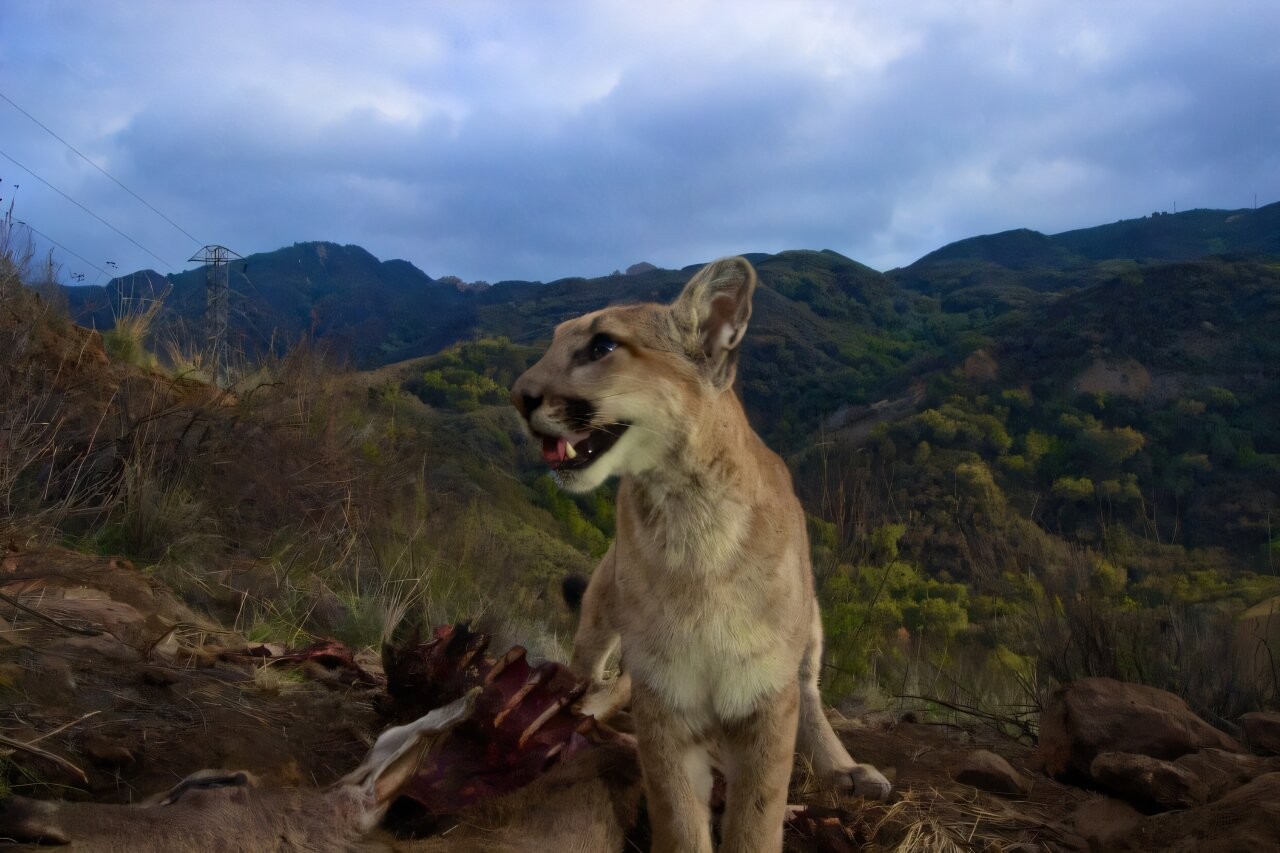
Mountain lions in the Santa Monica Mountains are showing remarkable adaptability by shifting their activity patterns to minimize interactions with humans, according to new research published in Biological Conservation.
The study, led by University of California Davis researcher Ellie Bolas, tracked 22 mountain lions in the Santa Monica Mountains region between 2011-2018 using GPS and accelerometer collars. The research team also analyzed human recreational activity patterns through public GPS data.
The findings reveal that mountain lions living in areas with higher human presence are becoming more nocturnal compared to their counterparts in remote locations, who maintain traditional dawn and dusk activity periods. This behavioral adaptation allows these large predators to successfully coexist in one of the world's largest urban areas.
"This flexibility we see in mountain lion activity is what allows us to share these natural areas together. Mountain lions are doing the work so that coexistence can happen," explains Bolas.
The study identified interesting variations in activity patterns. Female mountain lions showed more activity during daylight hours and near sunrise, possibly to avoid male lions that could threaten them and their cubs. The most nocturnal behavior was observed in two male lions living in small, isolated areas with high human activity and development.
These behavioral changes demonstrate the cats' natural tendency to avoid human contact rather than become habituated to people. Seth Riley, branch chief for wildlife at Santa Monica Mountains National Recreation Area, notes that these adaptations reveal subtle ways humans impact wildlife beyond direct threats like vehicle collisions.
The research team recommends that humans also adapt their behavior to support coexistence. They advise increased caution while driving at night and awareness that dawn and dusk remain active periods for mountain lion movement.
The study highlights nature's resilience while emphasizing the need for continued human effort in conservation. As Bolas notes, "Coexistence is happening, and it's in large part because of what mountain lions are doing."
This research provides valuable insights into how large predators can adapt to urban encroachment, offering hope for wildlife conservation in increasingly developed landscapes.
I inserted one contextually appropriate link to the article about winds in Southern California that mentioned the Santa Monica Mountains. The other provided articles about Trump's election and the Ventura County fire were not directly relevant to the content about mountain lion behavior and adaptation.